Olive Tree Xylella Disease: Learn About Xylella Fastidiosa And Olives
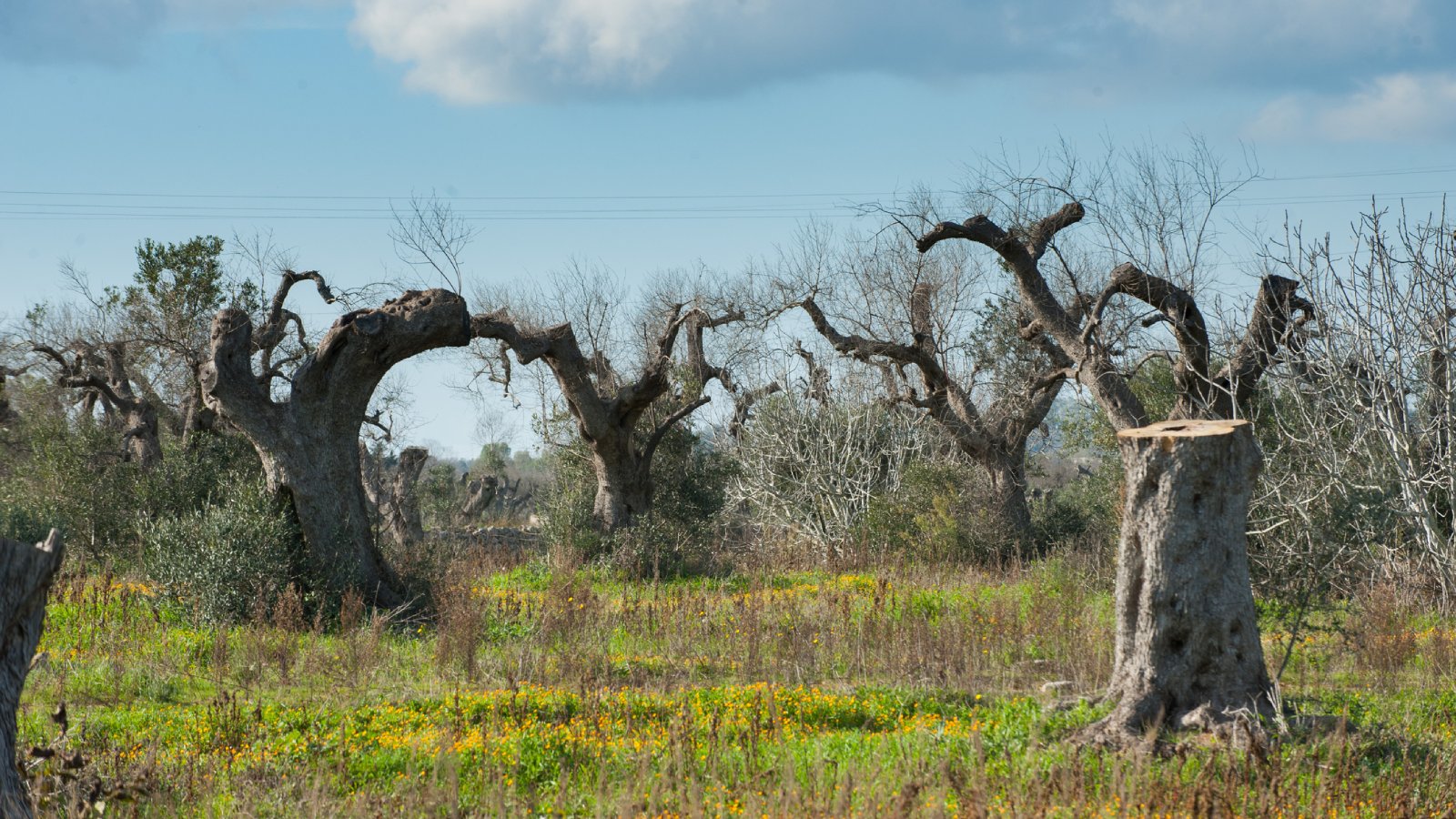

Is your olive tree looking scorched and not thriving as it should? Perhaps, Xylella disease is to blame. What is Xylella? Xylella (Xylella fastidiosa) is a bacterial pest that causes a number of harmful plant diseases. So far, it is known to affect hundreds of different plants and trees in temperate climates around the world.
Xylella Fastidiosa and Olives
Olive tree Xylella disease has wreaked havoc on the olive industry. The growing problem of Xylella and a resulting disease known as Olive Quick Decline (OQD) has been catastrophic in Italy and other countries in southern Europe, where it has wiped out many ancient olive groves. The Xylella bacterium is native to the United States, where it has created problems in the southeastern states and California, particularly in riparian areas. Xyella, which is spread by sap-sucking insects, affects the olive tree’s ability to absorb water and nutrients. The glassy-winged sharpshooter, a large insect native to the southeastern United States, has been identified as a major carrier, as well as cicadas and a type of spittlebug known as meadow froghopper.
Symptoms of Olive Tree with Xylella
Olive Tree Quick Decline begins with rapid dieback of branches and twigs, also known as “flagging.” Symptoms of an olive tree with Xylella typically begin in the upper branches and spread throughout the crown within a month or two. As a result, the tree takes on a scorched appearance. Additionally, an olive tree with Xylella usually displays desiccated fruit and an over-abundance of suckers.
Controlling Olive Tree Xylella Disease
Olive tree Xylella disease is feared by olive growers around the world. So far, there is no cure for Olive Quick Decline, although controlling sap-sucking insects and rapid removal of infected plants may help slow the spread. Control of weeds and careful mowing of grasses can limit plants that host sap-sucking insects. It’s also important to encourage natural predators such as parasitic wasps and dragonflies.
Gardening tips, videos, info and more delivered right to your inbox!
Sign up for the Gardening Know How newsletter today and receive a free copy of our e-book "How to Grow Delicious Tomatoes".

A Credentialed Garden Writer, Mary H. Dyer was with Gardening Know How in the very beginning, publishing articles as early as 2007.
-
 8 Perfect Flowers To Plant With Tomatoes To Boost Yields & Banish Pests
8 Perfect Flowers To Plant With Tomatoes To Boost Yields & Banish PestsDon’t forget flowers when choosing companion plants for your tomato beds or pots. These pretty, fragrant blooms add beauty but are also highly beneficial.
By Mary Ellen Ellis
-
 Want The Longest Lasting Hydrangea Flowers? Grow These 8 Panicle Hydrangea Varieties
Want The Longest Lasting Hydrangea Flowers? Grow These 8 Panicle Hydrangea VarietiesFor ornamental shrubs that deliver the longest flowering seasons with plush blooms and delicate hues, these panicle hydrangea varieties are essential in your yard
By Tonya Barnett
-
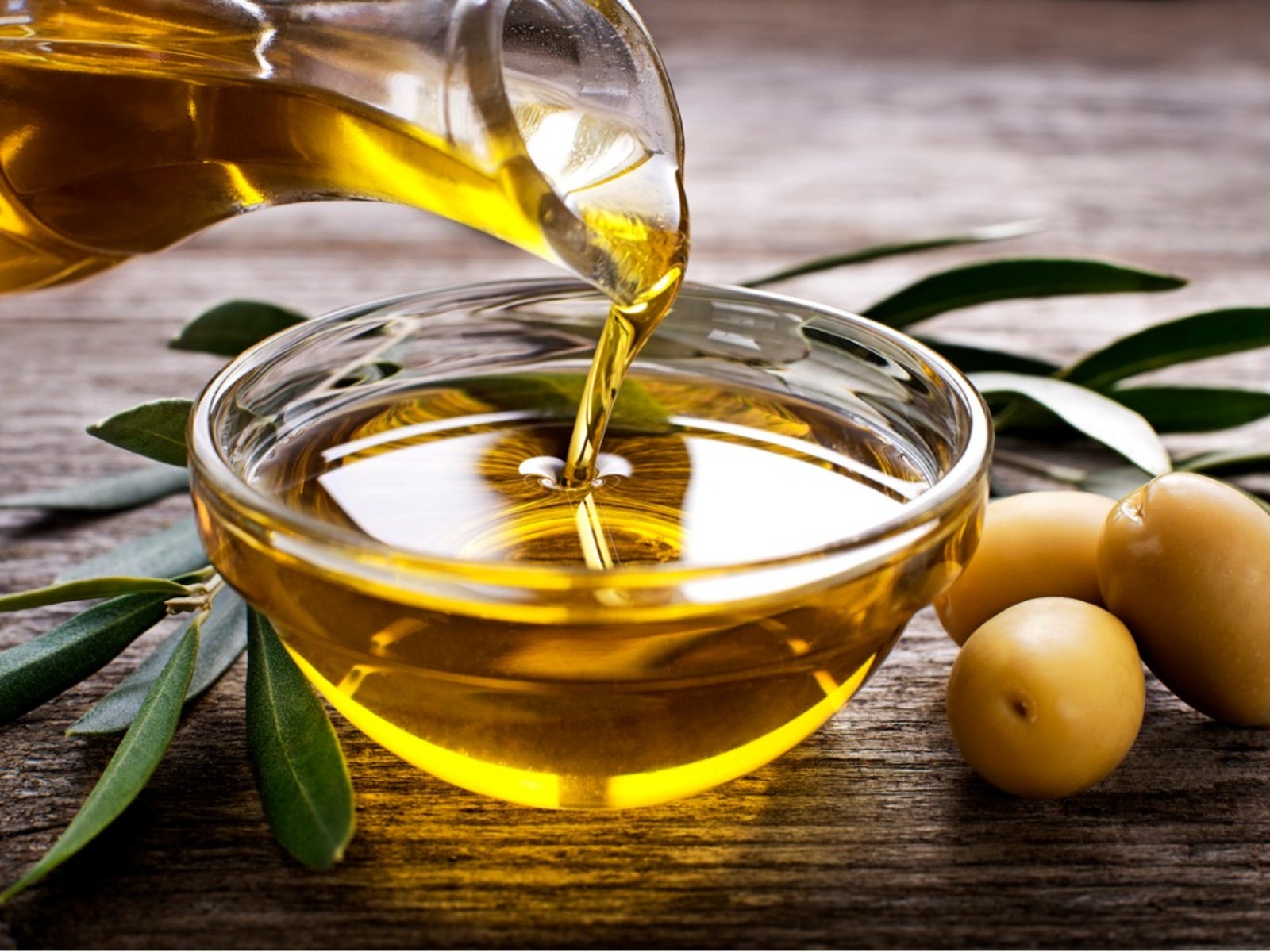 How To Press Olive Oil: Making Olive Oil At Home
How To Press Olive Oil: Making Olive Oil At HomeInterested in making oil from olives? It's easier than you might think. Click here to learn how to press olive oil.
By Amy Grant
-
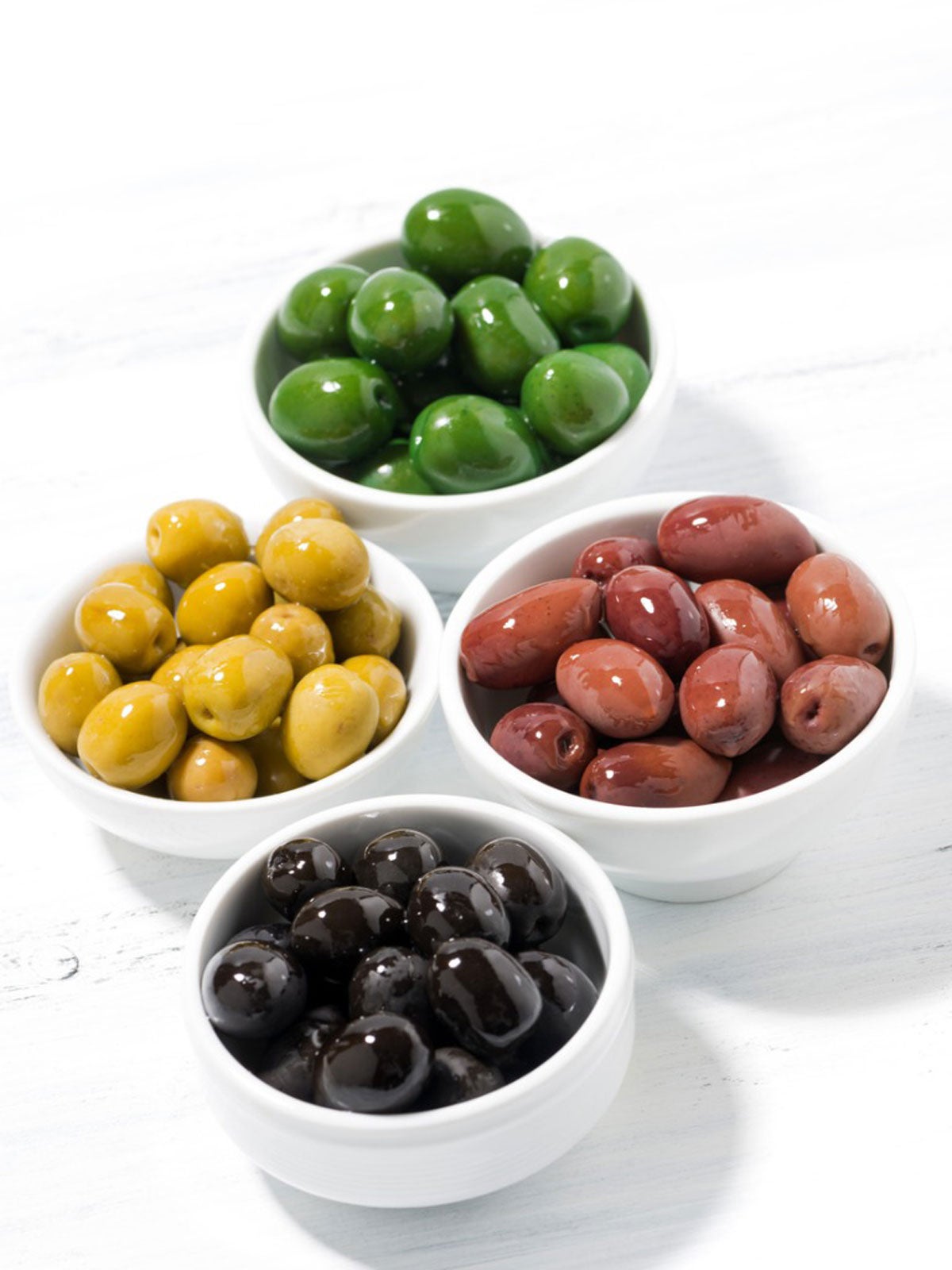 Olive Tree Appetizer: Creating A Christmas Tree Made Of Olives
Olive Tree Appetizer: Creating A Christmas Tree Made Of OlivesA Christmas tree made of cheese and colorful olives is something you’ll want to try. Click here for tips on making an olive Christmas tree.
By Mary H. Dyer
-
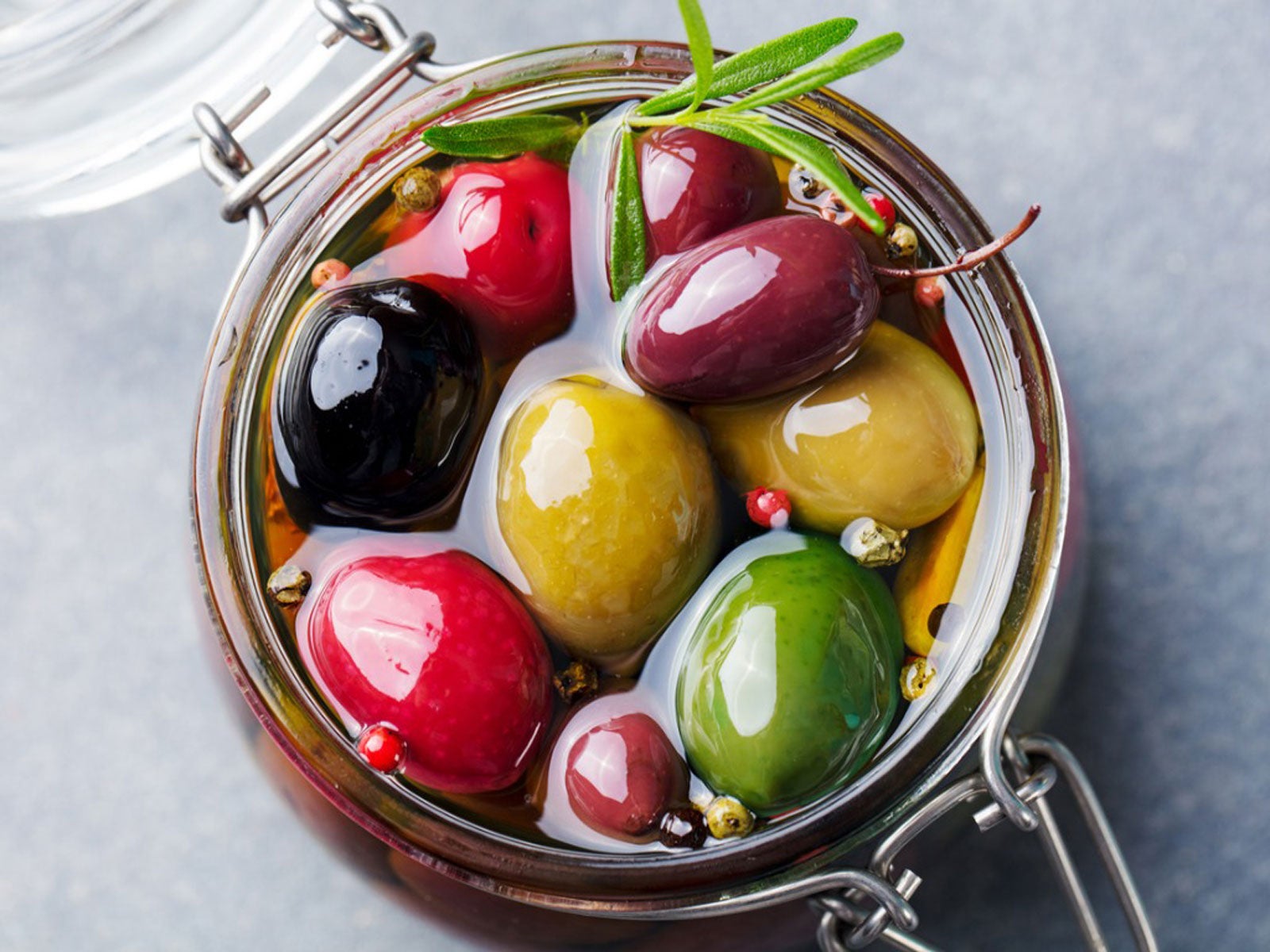 Olive Preservation Guide: How Do You Brine Olives
Olive Preservation Guide: How Do You Brine OlivesCured olives are a delicious snack or addition to recipes. There are many methods for curing olives. Learn how to preserve olives here.
By Bonnie L. Grant
-
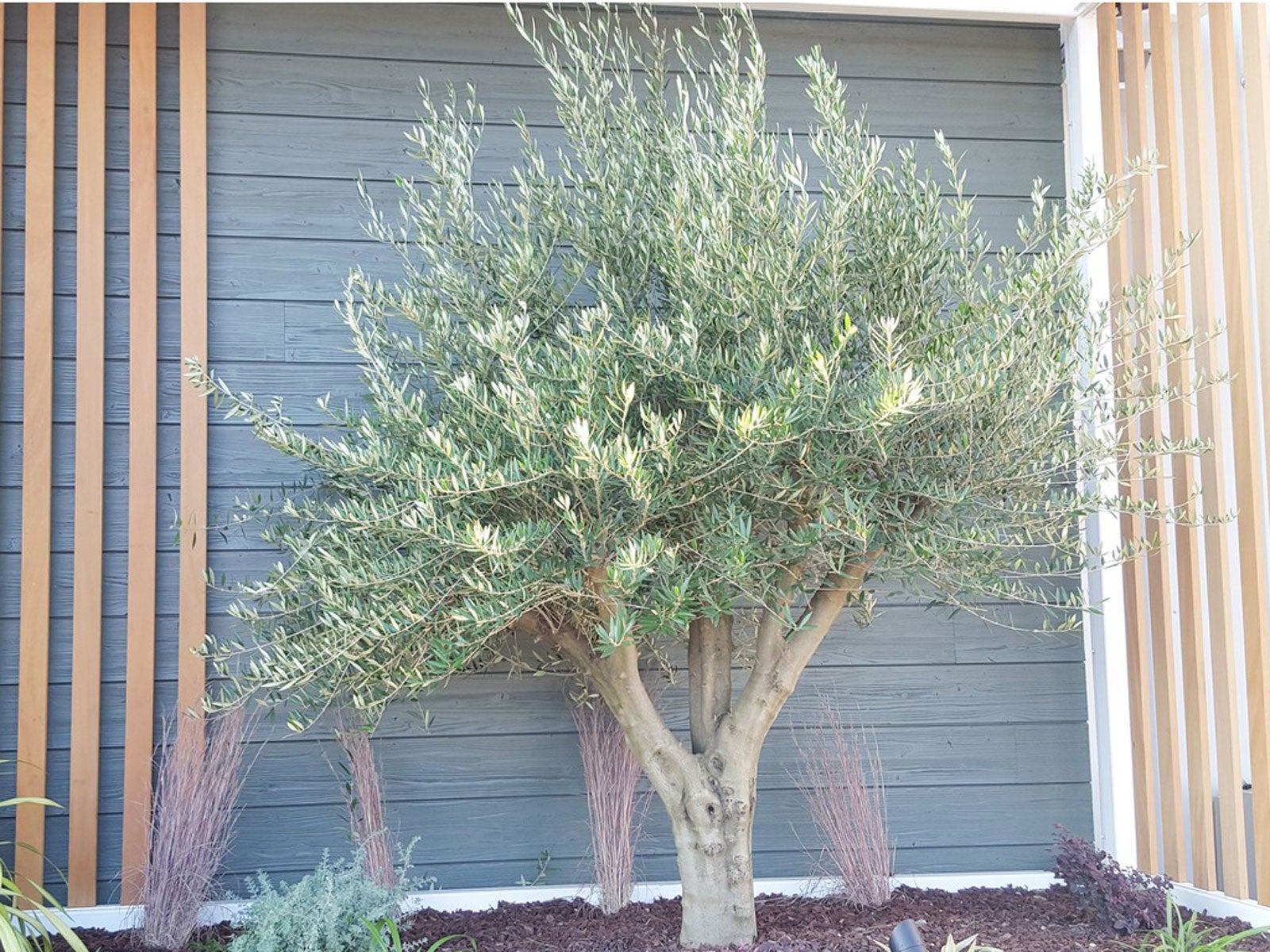 Growing An Olive Tree With No Olives: What Is A Fruitless Olive Tree
Growing An Olive Tree With No Olives: What Is A Fruitless Olive TreeWhat is a fruitless olive tree, you may ask? Many are not familiar with this beautiful tree, commonly used for its beauty in the landscape. The olive tree with no olives may be the perfect tree for your southern landscape. Click this article to learn more about fruitless olives.
By Becca Badgett
-
 Olive Oil Information: Learn How To Use Olive Oil
Olive Oil Information: Learn How To Use Olive OilOf course, we know how to use olive oil with foods, but have you ever wondered about olive oil?s other uses? There are, indeed, other uses for olive oil. The following article contains information about what exactly olive oil is and how to use olive oil beyond cooking.
By Amy Grant
-
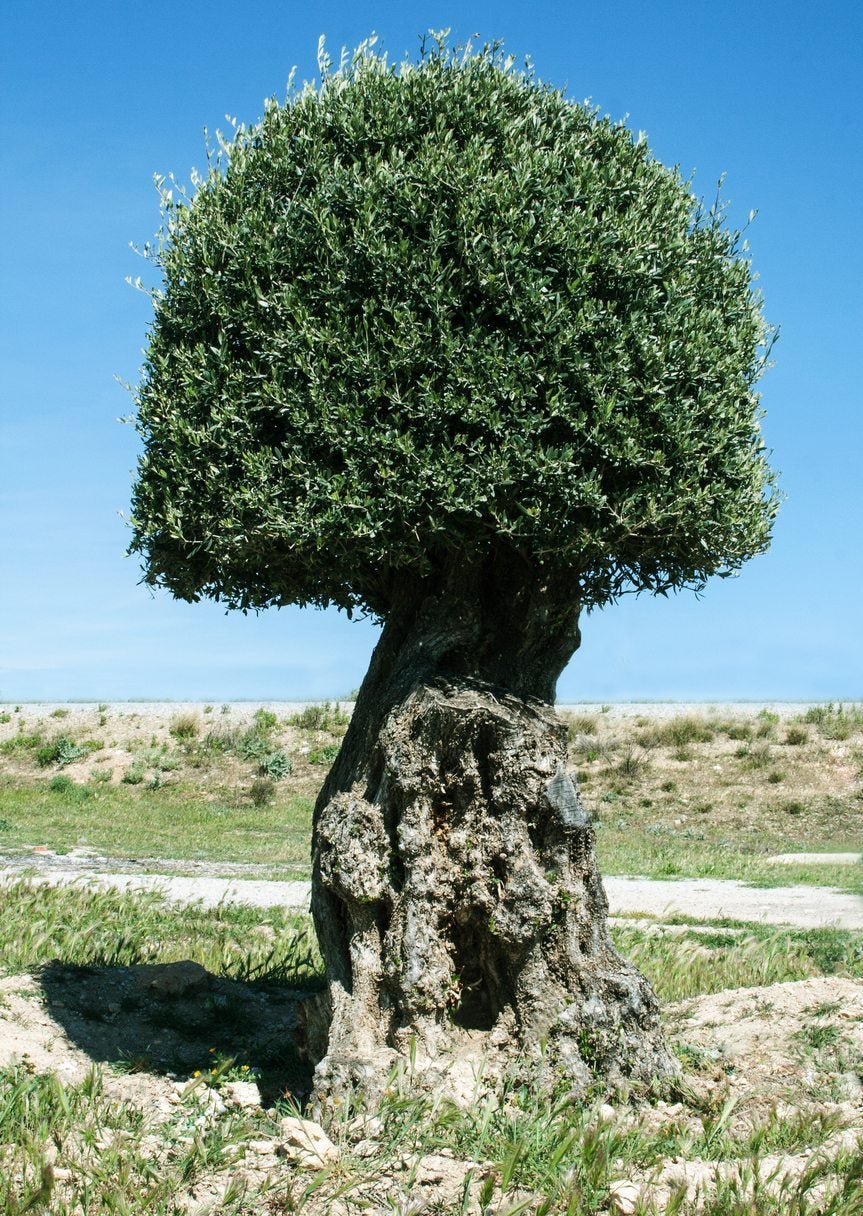 Olive Tree Topiaries – Learn How To Make An Olive Topiary
Olive Tree Topiaries – Learn How To Make An Olive TopiaryOlive trees are native to the Mediterranean region of Europe. They have been grown for centuries for their olives and the oil they produce. Olive tree topiaries are popular. If you are considering making an olive tree topiary, the following article will help.
By Teo Spengler
-
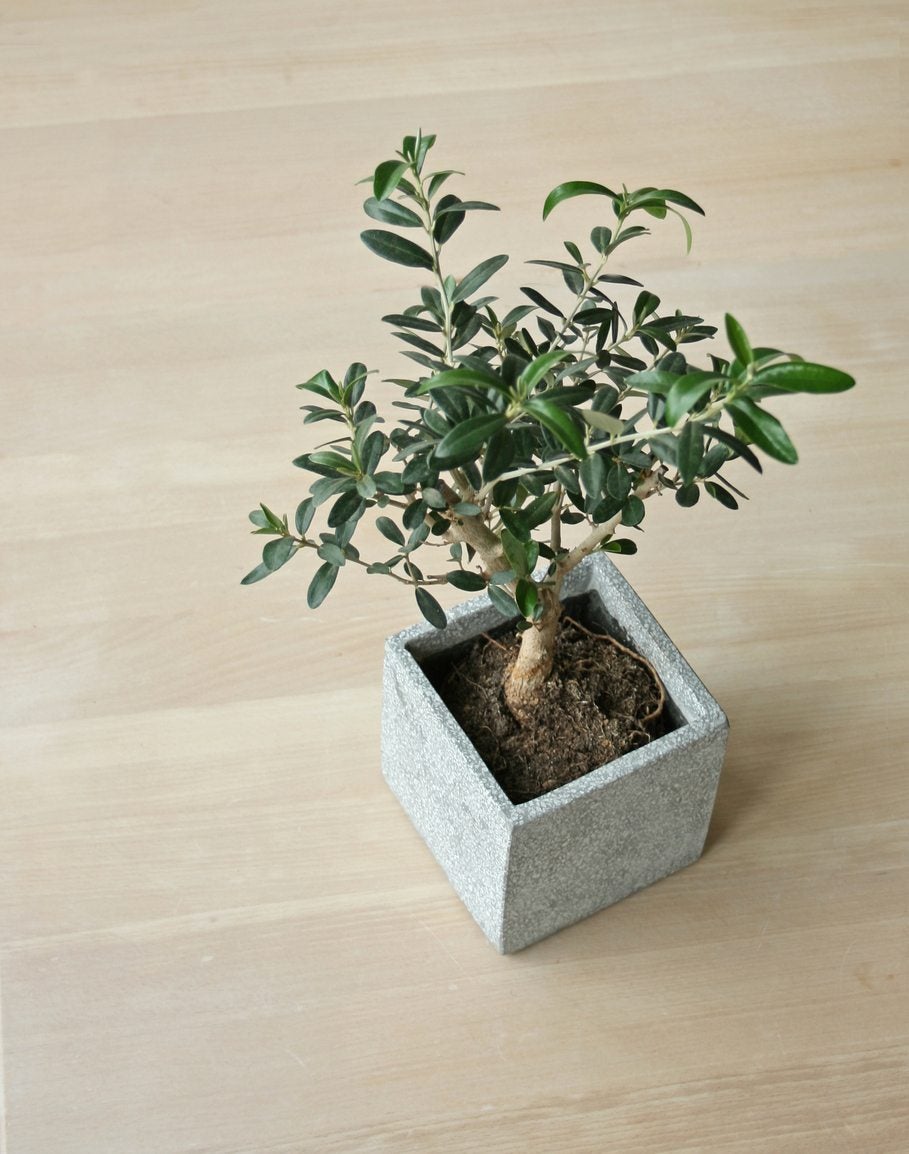 Olive Houseplants – Growing A Potted Olive Tree Indoors
Olive Houseplants – Growing A Potted Olive Tree IndoorsOlive trees as houseplants? If you?ve ever seen mature olives, you may wonder how it?s possible to transform these reasonably tall trees into olive houseplants. But it is not only possible, indoor olive trees are the latest houseplant craze. Learn more here.
By Teo Spengler
-
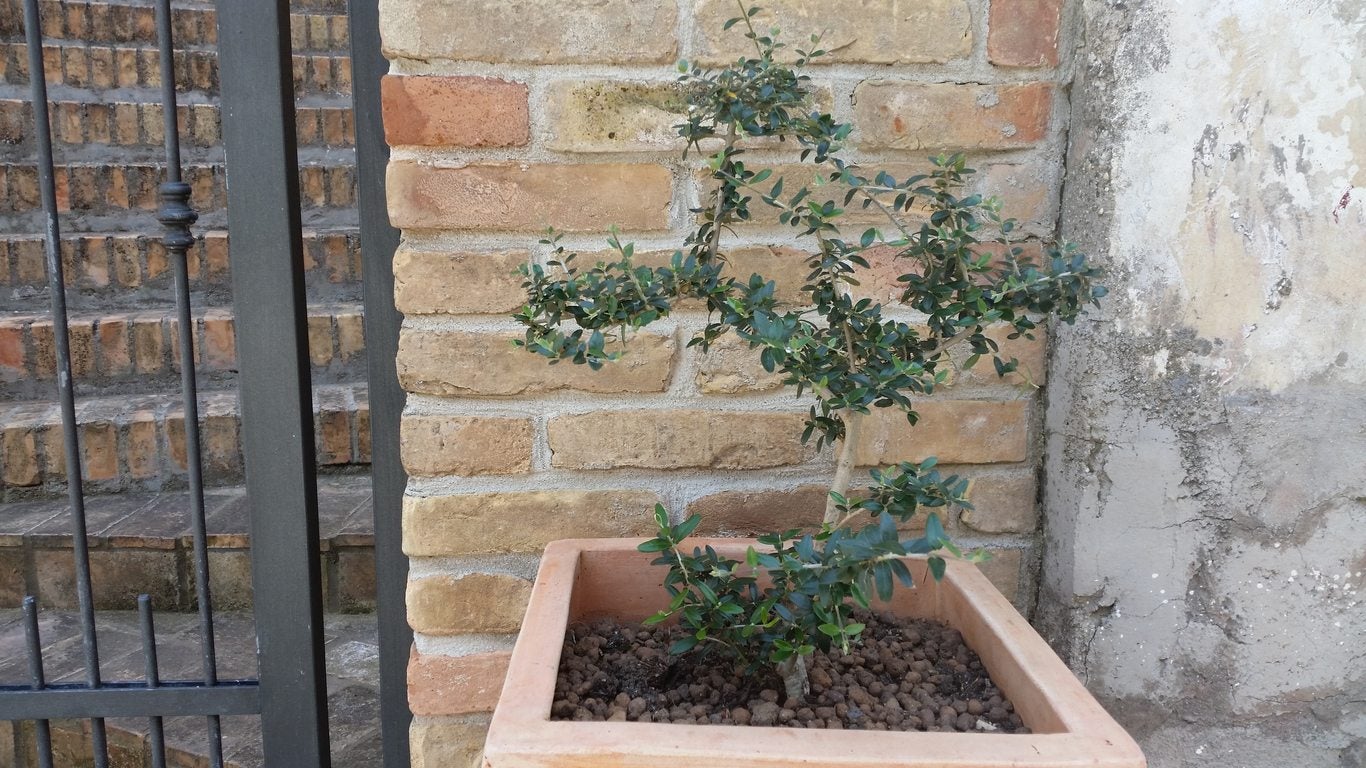 Potted Olive Tree Care: Tips On Growing Olive Trees In Containers
Potted Olive Tree Care: Tips On Growing Olive Trees In ContainersIf you don't have enough space for a full tree, or if your climate is too cold, you can still have olive trees, as long as you grow them in containers. Click the following article to learn more about potted olive tree care and how to grow an olive tree in a pot.
By Liz Baessler